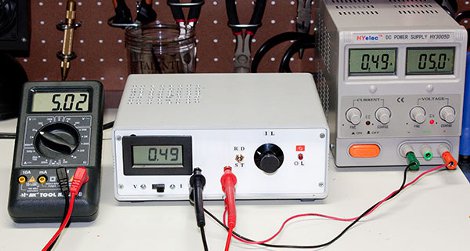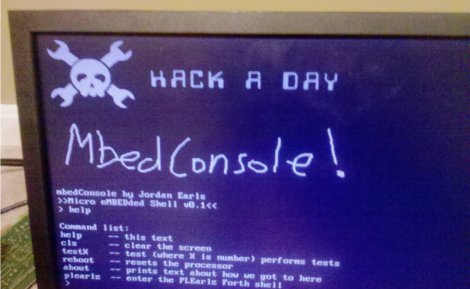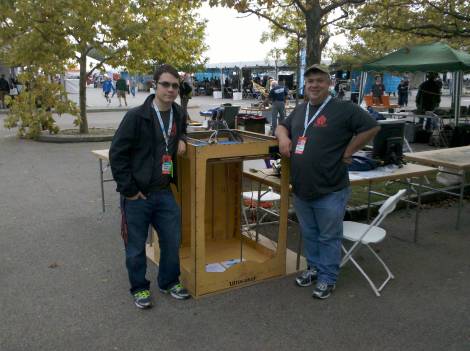[youtube=http://www.youtube.com/watch?v=yxNqMg_dwJI&w=470]
The Form 1 resin printer Kickstarter met its funding goal in just about 8 hours, and after five days is on track to be the most successful Kickstarter to date. Being so successful meant we had to drop by the FormLabs booth at Maker Faire to see what the hubub is.
From the sample prints floating around the booth, the Form 1 printer has amazing resolution – a 3 inch tall statue of a Greek god had as many features as a life-sized statue.
In the video (both above the fold and after the break), [David Cranor] goes over the features and finishing process of objects made on the Form 1.
Continue reading “Running Into The Form 1 Printer At Maker Faire”














